When planning a high-altitude trek, most hikers focus on physical training, gear selection, and weather preparation. However, one crucial aspect often overlooked is dietary choices while at elevation. What you eat at high altitudes can significantly impact your body’s ability to acclimatize, your energy levels, and your overall trekking experience. While your body works harder in the oxygen-depleted environment above 8,000 feet, certain foods can either help or hinder your performance and well-being. This comprehensive guide explores what foods to avoid when trekking at high altitudes, helping you maintain optimal health and energy throughout your adventure.
Why Nutrition Matters at High Altitude
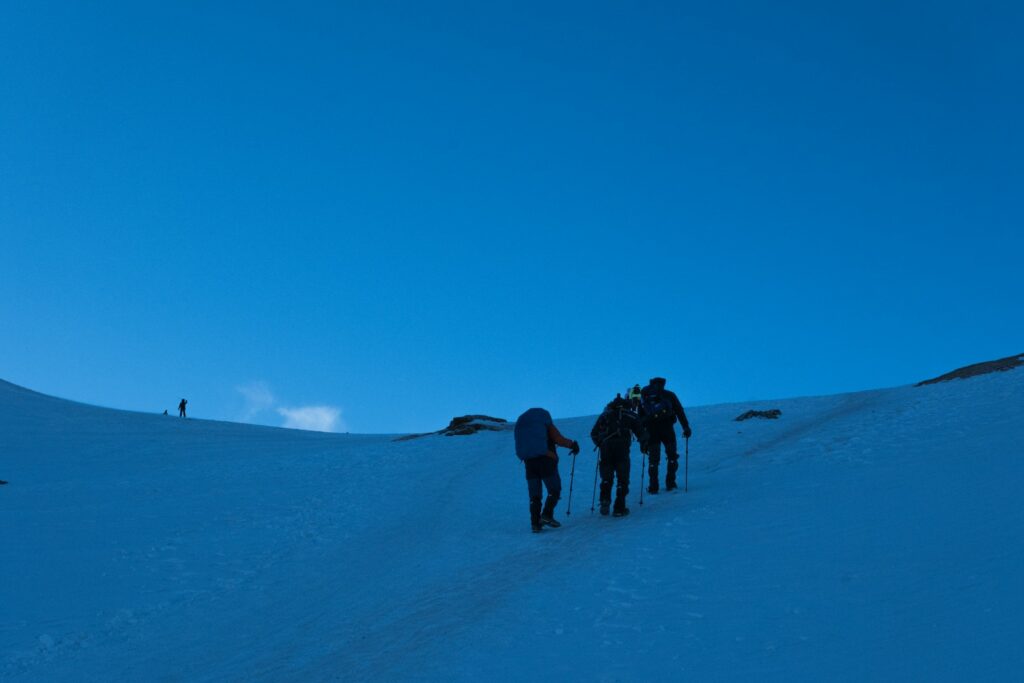
At elevations above 8,000 feet (2,400 meters), your body undergoes significant physiological changes as it adapts to lower oxygen levels. Your metabolism increases, sometimes burning up to 30% more calories than at sea level, even during rest periods. Simultaneously, many trekkers experience appetite suppression, making it challenging to consume adequate calories. Dehydration happens more rapidly at altitude, and your digestive system may become more sensitive than usual. These factors combine to make your food choices critically important—what works for your body at lower elevations might cause discomfort, energy crashes, or even contribute to altitude sickness when you’re high in the mountains.
Heavy, Fatty Foods
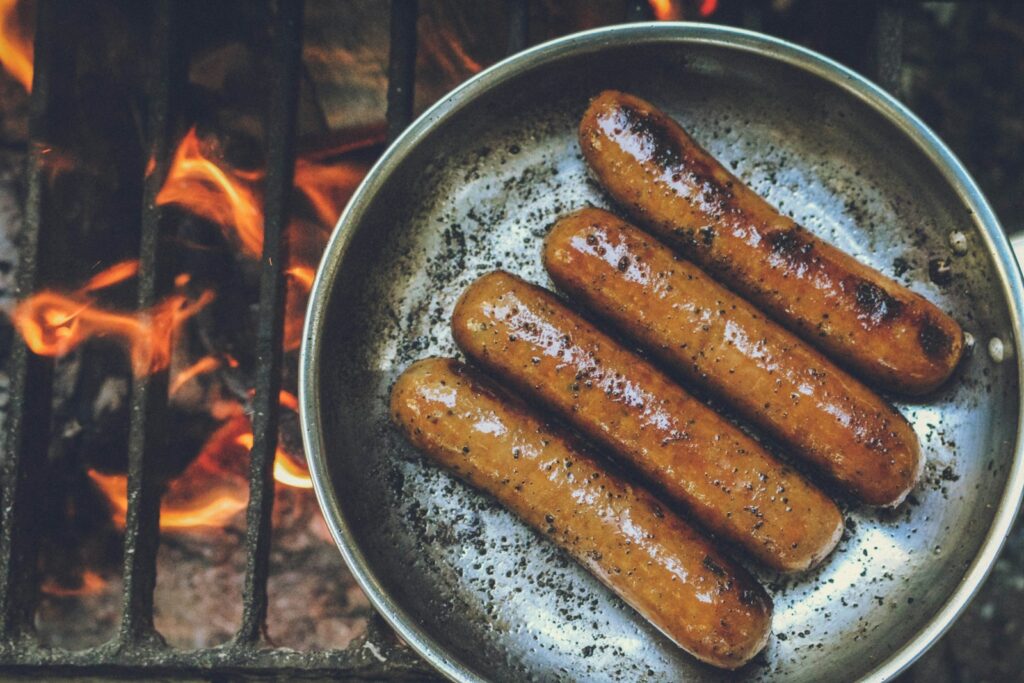
Foods high in fat content require significantly more oxygen and energy to digest, placing additional strain on your already-stressed system at high altitudes. Items like bacon, sausages, cheese burgers, or deep-fried foods force your body to divert precious oxygen to digestive processes rather than to your muscles and brain where it’s urgently needed. Many trekkers report feeling uncomfortably bloated, lethargic, or experiencing acid reflux after consuming fatty meals at elevation. Additionally, the slowed digestion at altitude means these heavy foods remain in your stomach longer, potentially causing discomfort during physical activity when blood is being directed away from your digestive tract to working muscles.
High-Sodium Processed Foods
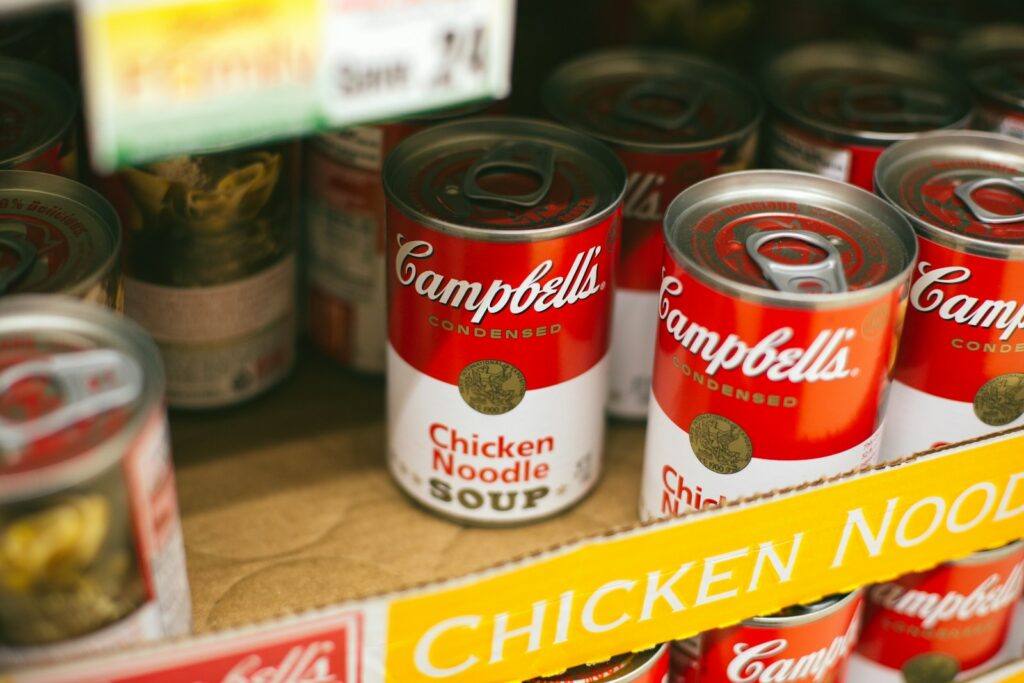
While some sodium is necessary for maintaining electrolyte balance, especially when sweating during a trek, excessively salty foods can be problematic at altitude. High-sodium items like canned soups, processed meats, and many trail mixes with salted nuts can contribute to dehydration by causing your body to retain water. This water retention can worsen altitude-related swelling (edema) in extremities and potentially contribute to altitude sickness symptoms. Furthermore, dehydration from high-sodium foods compounds the already significant fluid loss experienced at high elevations due to increased respiration and drier air. A good rule is to choose low-sodium versions of trail foods when available and balance any salty foods with substantially increased water intake.
Alcoholic Beverages

Alcohol consumption presents multiple problems at high altitude and should be avoided, especially during acclimatization periods. The dehydrating effect of alcohol is amplified at elevation, where your body already struggles to maintain proper hydration. Research shows that alcohol’s effects on your brain are enhanced at high altitudes, meaning you’ll feel intoxicated more quickly with less alcohol than you would at sea level. More concerning for trekkers, alcohol interferes with proper acclimatization by suppressing respiratory drive and disrupting sleep patterns, both critical factors in preventing altitude illness. While the idea of a celebratory drink at camp might be tempting, it’s best to save alcoholic beverages for after you’ve returned to lower elevations.
Carbonated Beverages

Carbonated drinks like sodas, sparkling water, and even some energy drinks can cause uncomfortable bloating and gas at high altitudes. As atmospheric pressure decreases with elevation, gases in your digestive system naturally expand, which is why many trekkers already experience some bloating at altitude. Adding carbonated beverages only compounds this issue by introducing more gas into your system. This discomfort can range from mildly annoying to quite painful during physical exertion when your diaphragm and abdominal muscles are working harder. Additionally, many carbonated beverages contain caffeine or sugar, which may contribute to dehydration or energy spikes and crashes when consumed in excess.
Caffeinated Products

While a moderate amount of caffeine isn’t necessarily harmful at altitude, excessive consumption can create problems for high-altitude trekkers. Caffeine acts as a diuretic, potentially contributing to dehydration when consumed in large quantities. Many trekkers report that their normal caffeine tolerance changes at altitude, with some experiencing heightened sensitivity leading to jitteriness, increased heart rate, or difficulty sleeping. Sleep quality is already compromised at high elevations due to lower oxygen levels, and adding caffeine can further disrupt this crucial recovery time. If you’re dependent on your morning coffee, consider gradually reducing consumption before your trek, or limit yourself to one small serving early in the day.
Simple Sugars and Refined Carbohydrates
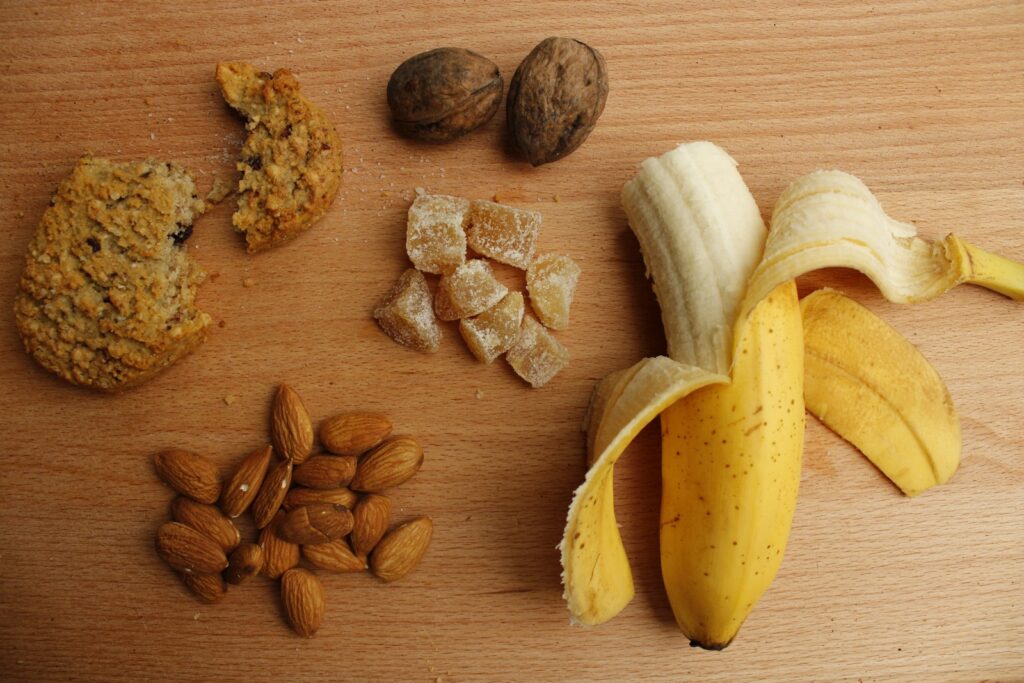
Foods high in simple sugars and refined carbohydrates can sabotage your energy levels during high-altitude treks by causing dramatic blood sugar fluctuations. Items like candy bars, cookies, white bread, and sugary cereals provide a quick energy spike followed by an equally rapid crash—a cycle that’s particularly problematic when your body is already stressed by altitude. These energy fluctuations can contribute to fatigue, irritability, and poor decision-making on the trail. Additionally, many trekkers experience altered carbohydrate metabolism at altitude, with some research suggesting that high-carb diets may worsen symptoms of acute mountain sickness in susceptible individuals. Instead of simple sugars, focus on complex carbohydrates that provide sustained energy release over longer periods.
Dried Fruits in Excess
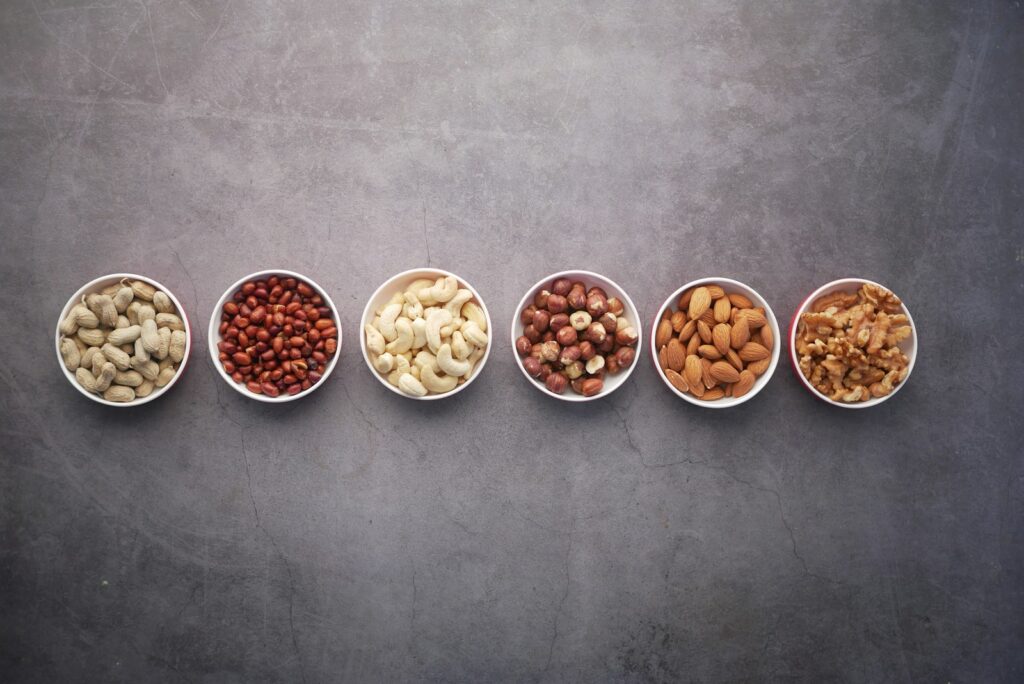
While dried fruits provide valuable nutrients and natural sugars for energy, consuming them in large quantities at high altitude can lead to digestive discomfort. The concentrated sugars in dried fruits, particularly when eaten without adequate water, can draw fluid into your intestines and potentially cause diarrhea—a serious concern when maintaining hydration is already challenging. Many dried fruits are also surprisingly high in fiber, which normally promotes digestive health but can cause bloating and gas when your digestive system is already compromised by altitude stress. If including dried fruits in your trek diet, consume them in moderation (a small handful rather than a large serving), always with plenty of water, and ideally paired with some protein or healthy fat to slow sugar absorption.
Raw Vegetables and Legumes

Fiber-rich raw vegetables and legumes, while nutritious at lower elevations, can create significant digestive distress at altitude. The additional fiber requires more work from your digestive system when it’s already functioning less efficiently due to reduced oxygen and possible dehydration. Foods like raw broccoli, cabbage, beans, and lentils are known to cause gas and bloating even at sea level—effects that are amplified at higher elevations where gases naturally expand in your digestive tract. If you want to include vegetables in your trek meals, consider pre-cooking and packing them in sealed containers, or using freeze-dried vegetables that have been partially broken down during processing, making them easier to digest while still retaining much of their nutritional value.
Spicy Foods
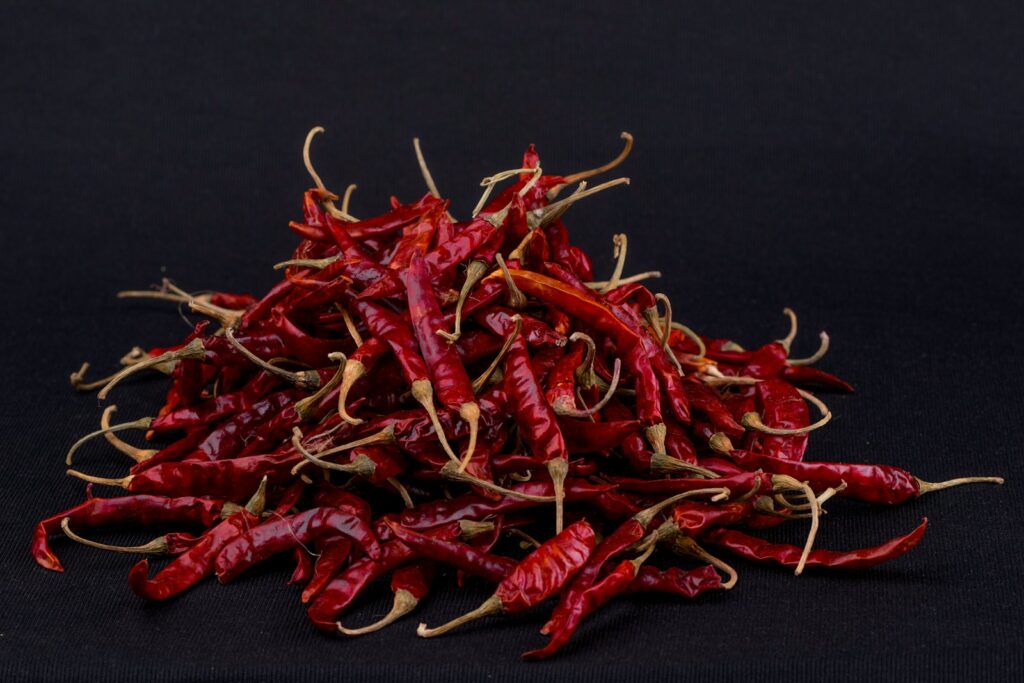
Highly spiced or hot foods can exacerbate common altitude-related digestive issues for many trekkers. Spicy meals may trigger or worsen acid reflux, which is already more common at high altitude due to changes in atmospheric pressure and potential hiatal hernia formation. Many trekkers also report increased sensitivity to spices when their digestive systems are under altitude stress. Additionally, some very spicy foods can irritate your gut lining, potentially leading to diarrhea—a dangerous condition when maintaining proper hydration is crucial for altitude acclimatization and safety. If you typically enjoy spicy foods, consider significantly reducing the heat level in your trail meals, particularly during the first few days at higher elevations when your body is still adjusting.
Unfamiliar Foods

A high-altitude trek is not the time to experiment with exotic or unfamiliar foods that your body hasn’t previously processed. Your digestive system is already compromised at elevation, making adverse reactions to new foods more likely and potentially more severe. This is especially relevant for international trekkers sampling local cuisines in mountain regions like the Himalayas, Andes, or other high-altitude destinations. While experiencing local food culture is part of the travel experience, consider sampling small amounts of new foods before your trek begins, or waiting until after you’ve descended to lower elevations. When on the trail, stick primarily to foods your body knows how to process efficiently to minimize the risk of digestive upset that could impact your trekking experience.
Large Meals
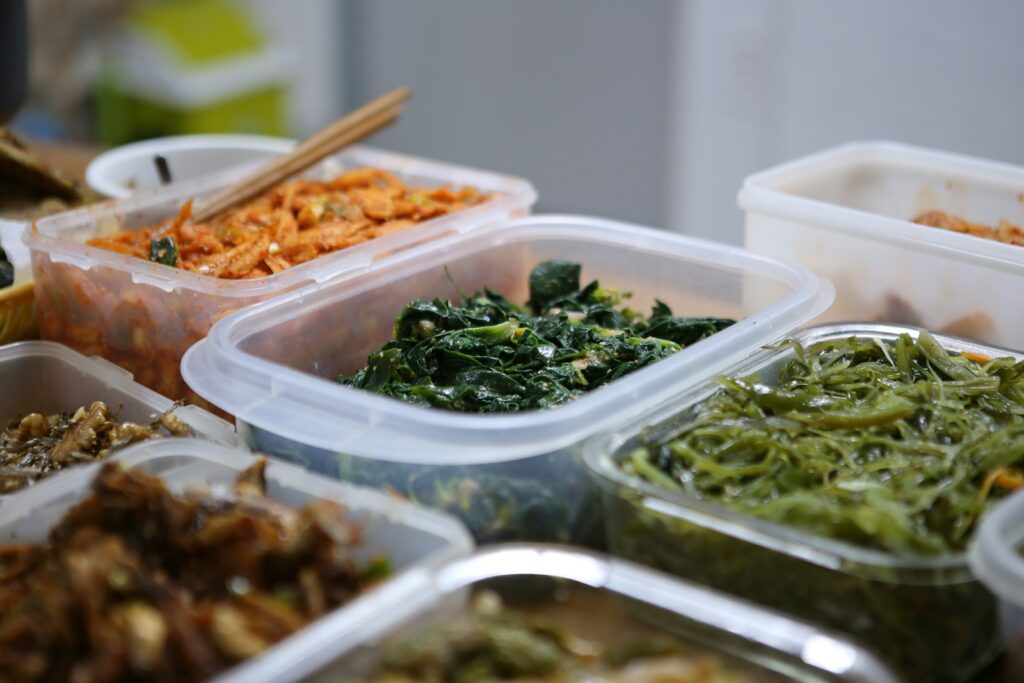
Consuming large portions in a single sitting places significant demands on your digestive system and can lead to discomfort and energy problems at high altitude. The reduced oxygen availability at elevation means your body has less energy to allocate to digesting large meals, often resulting in feelings of heaviness, lethargy, and even nausea after eating too much at once. Blood is diverted to your digestive tract after a large meal, potentially leaving your muscles and brain with even less oxygen than the already-reduced amount available at altitude. A more effective approach is eating smaller, more frequent meals throughout your trekking day, which maintains steady energy levels while placing less strain on your digestive system. This “grazing” approach helps ensure consistent fuel availability without the digestive burden of processing large quantities of food at once.
What to Eat Instead: Altitude-Friendly Foods

Instead of focusing solely on what to avoid, successful high-altitude trekkers build their nutrition around foods that support performance and well-being at elevation. Complex carbohydrates like whole grains, oats, and sweet potatoes provide sustained energy release without the spikes and crashes of simple sugars. Moderate protein intake supports muscle recovery without overtaxing digestion, with options like lean jerky, nut butters, and quinoa being particularly valuable. Staying well-hydrated is crucial, aiming for urine that remains pale yellow despite increased fluid losses at altitude. Easily digestible fruits like bananas and berries offer natural sugars and important electrolytes, while ginger and peppermint can help soothe altitude-related nausea or digestive discomfort. The best approach is typically a balanced diet slightly higher in carbohydrates than you might normally consume, eaten in small portions throughout the day.
High-altitude trekking presents unique nutritional challenges that require thoughtful food choices. By avoiding heavy fatty foods, excessive sodium, alcohol, carbonated drinks, and other potentially problematic items discussed above, you can help your body adapt more efficiently to altitude stress. Remember that individual responses to foods vary, especially at elevation, so pay attention to how your body reacts and adjust accordingly. With proper nutrition supporting your adventure, you’ll be better positioned to enjoy the magnificent mountain landscapes and the profound satisfaction that comes from challenging yourself in the world’s highest places. The right dietary choices can make the difference between merely surviving your trek and truly thriving during one of life’s most memorable adventures.

